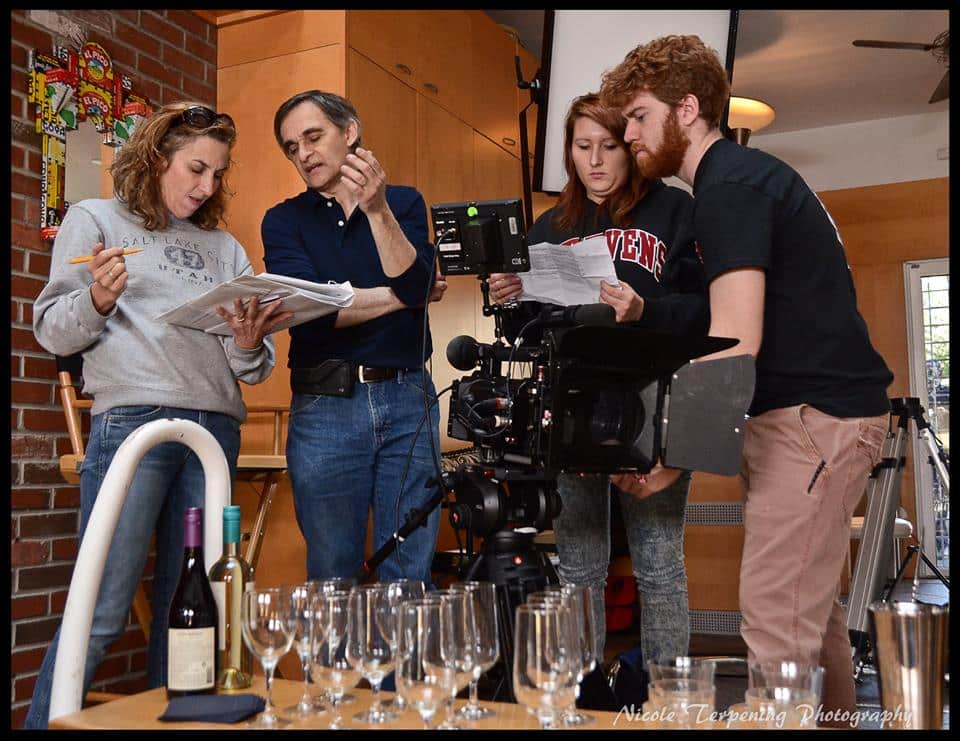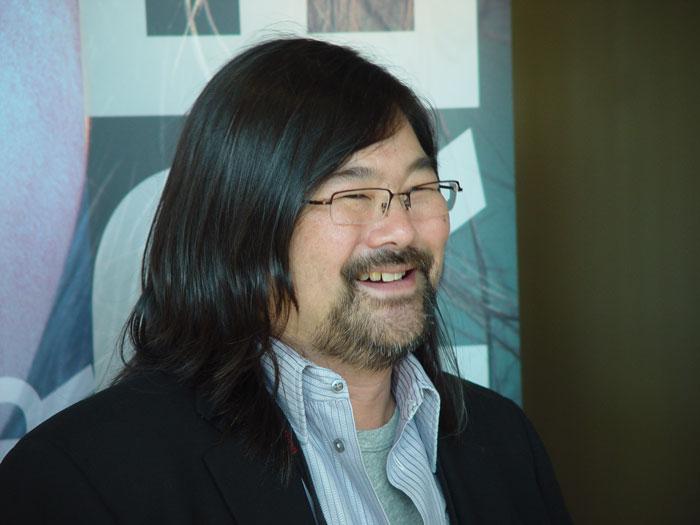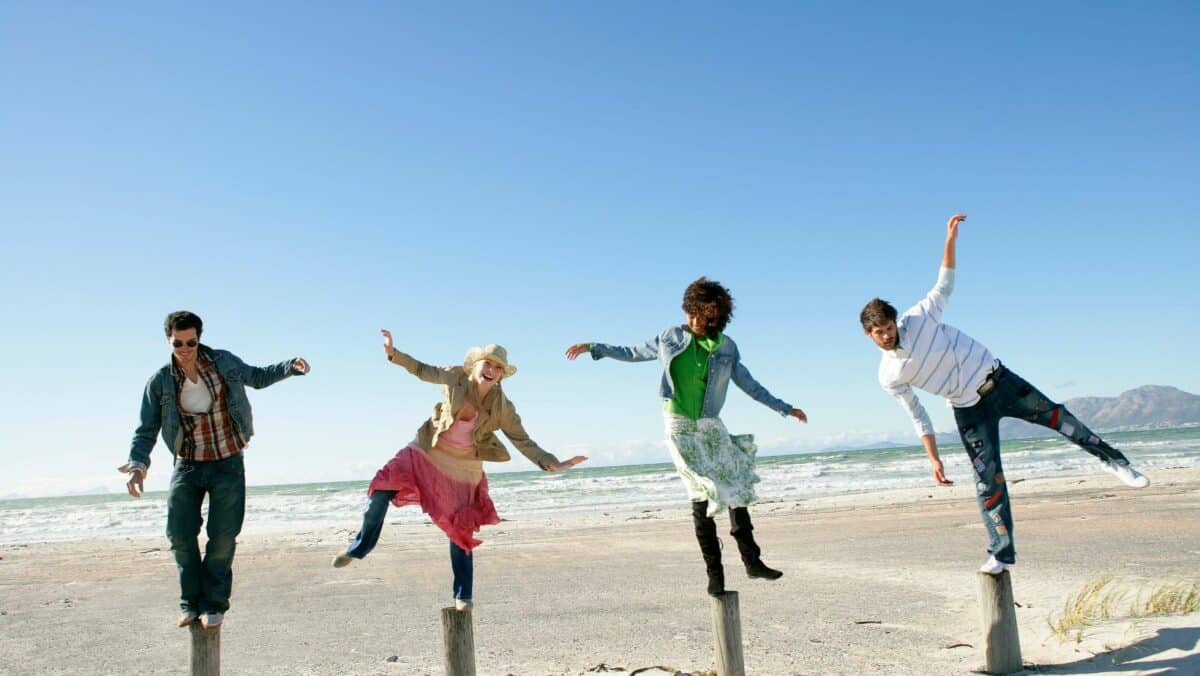While the Director is the headliner who runs the show, the Director of Photography is the second most important person on any film. The DP is the artist who creates the images that the director needs to tell the story. Everything the DP does is in service to the story and the director’s vision. They also run the shooting crew of camera dept, electrics, grips, and set decorators.
Picking the right Director of Photography
First, how does a director pick a DP? If the director is new and working for a seasoned producer, the producer will often select an experienced DP to make sure that the film gets made with all the needed elements. This is an insurance policy for the investors. It does not mean the DP will direct and neither the producer nor investors nor the DP will expect or want that. They hired the director for a reason. A good director will value having an experienced DP and rely on them, asking them questions and taking their advice. A good director is someone who takes as many good suggestions as he/she can get. If the new director is also the writer/producer, he/she will select their own DP after getting recommendations and looking at DP reels. A director will interview the DPs and talk to others that have worked with them. What a director is looking for is someone who is good at inspiring and delegating a crew, who is comfortable making fast, firm decisions, and has a passion for the project the same as they do.
Coming up with the Look
Some directors enjoy creating “look books”, which are a collection of photos, stills, and illustrations that display the feeling the director wants for the visuals of the story. Sometimes a DP will also create a lookbook to share with a director as will the art director. Filmmaking is a collaborative art that succeeds best when multiple artists contribute to the end product. As such, the DP should also be included in conversations with the art director, so that everyone ends up working towards the same imagery. A production meeting of the director, DP, Art director, and producer is something that is always done at the very beginning of pre-production. During this creative meeting, the visual concepts and style are discussed and decided upon.
Planning everything is everything
Long before shooting begins, the director and cinematographer will spend days going over the script creating a shot list for every scene. Together they will scout each and every location so that they can discuss camera placement and other ideas. Another scout will be needed later closer to shooting that will include the AD, Gaffer, Key Grip, Art Director, Sound Recordist, and production manager. The DP will hire the camera crew, gaffer, and key grip as well as determine all the equipment needed based on these scouts and the shot list.
After the script is broken down and a shooting schedule is created by the production manager and the AD, it is essential that the strip boards need to be shared with the DP. Changes will inevitably be made to the schedule as the DP gives input on what will make the shoot move faster and more economically. An example is the movie “Stray” which I shot for writer/director Nena Eskridge. The schedule was created by the production manager catering to the actor schedules, rather than to the lighting. Thus, there were several days in the same kitchen scheduled with both day and night scenes on the same day. I meet with the AD and had the director and production manager on the phone as we reworked the schedule so that once the kitchen was blacked out and lit for night we could shoot all the night kitchen scenes in a row. There were other changes required, such as daytime exterior shots on the street that were scattered around the schedule instead of all done on the same day. This happens with the production scheduling software and therefore the DP must then be consulted and the schedule reworked so that it is more logistical. Also, based on the scout, the DP will have a better idea of how long each scene will take to light which will help the AD in planning how many shots can actually be completed in one day.
Working the Set
Once shooting begins, the most important thing for any director and cinematographer to remember is this – Block, Light, Rehearse, Adjust, Shoot. I worked on a low-budget feature where the director would take the cast aside leaving me and the gaffer, grip, camera operators to just guess at where the action would take place. No DP can light and set framing on air. The director and actors would come back and then walk through blocking that was impossible to light or shoot as it was now different than the shot list and the scout. So it all had to be readjusted to the camera. This greatly slowed down everything and made us go over the schedule on the first day – and the day after and the day after that. In any shoot, everything needs to be blocked to the camera. The director and DP work together to compose the blocking so that the camera and lighting help tells the story. That can only happen when the director works with the actors and the director of photography to set the blocking first. As the DP lights, the actors and director can depart to discuss the scene, rehearse, go into make-up and costume. Once the DP is finished with the lighting, the actors and director come back and rehearse for the camera, allowing the camera assistants to set marks on the floor and get their focus marks. If the shot isn’t in focus, it’s unusable. It has to be understood that the camera crew has to be able to do be given the time and respect they need to do it to do their job as well. After the actors run through a rehearsal there may be some adjustments – lights might need to be adjusted or the actors might decide to move a slightly different way which will require new focus marks.
Who picks the shots?
Sometimes there can be confusion as to who picks the shots, the director or the cinematographer. The truth is both. The director may have some firm ideas on what he/she wants and needs and it is the cinematographer’s responsibility to capture those shots. However, there are often times, especially once a relationship has developed between the director and the cinematographer that the DP will just start setting the shots. The DP will pick the lens and set the frame and show it to the director for approval – based on the scouts and the shot list already created. This allows the director to do what their most important job is, to work with the actors. I have worked with directors that had specific shots they wanted and others who left the entire framing up to me. Camera framing and placement are not directed. The director must always be aware of what shots they need for their edit – what line they want on a close up, what cut-aways they want, how will the scene visually end and transition into the next scene, etc. Coverage is the job of the director and not the DP, although the DP will often help by suggesting shots that might be valuable in the edit. The script supervisor is usually the essential expert at making sure even coverage has been shot.
Directing Two Cameras
Shooting with two cameras has become the norm. it makes the day more productive and the shoot go faster – so long as it’s done right. Otherwise, it can make things incredibly slow and make the imagery suffer greatly. When shooting Reality TV and TV news magazines, the cameras are often set up at cross angles so that they can capture both people in a conversation at the same time – as it is happening only once and live. This kind of shooting makes the lighting and camera framing extremely restricted. In dramatic content cameras are usually placed along the same angle, one shooting wide while the other shoots close-up. Usually, the cameras are placed up to 30 degrees apart, thus allowing the lighting and framing to become more artistic and unencumbered. At times one camera can be placed at a 90 degree angle to the other, but only when the blocking, lighting, and set decorations allow for this, otherwise in the editing there will be matching problems.
Good, Fast or Cheap – pick any two.
One of the most important things that everyone needs to understand is that there is no such thing as a quick shot. Every good shot requires lighting adjustments, focus marks, and a rehearsal. Sometimes very little may need to be adjusted, but that should never be expected or relied on. The entire crew is working hard to make this film as best as it can be, so they need to take the time needed to do it right. Part of being professional and gaining the respect of the crew and cast is deciding what will work best for the story and committing to it. The saying in the film business is also true in life in general, “You can have it good, fast or cheap – pick any two.”






One thought on “Relationship between the Director and the Director of Photography”
Great article